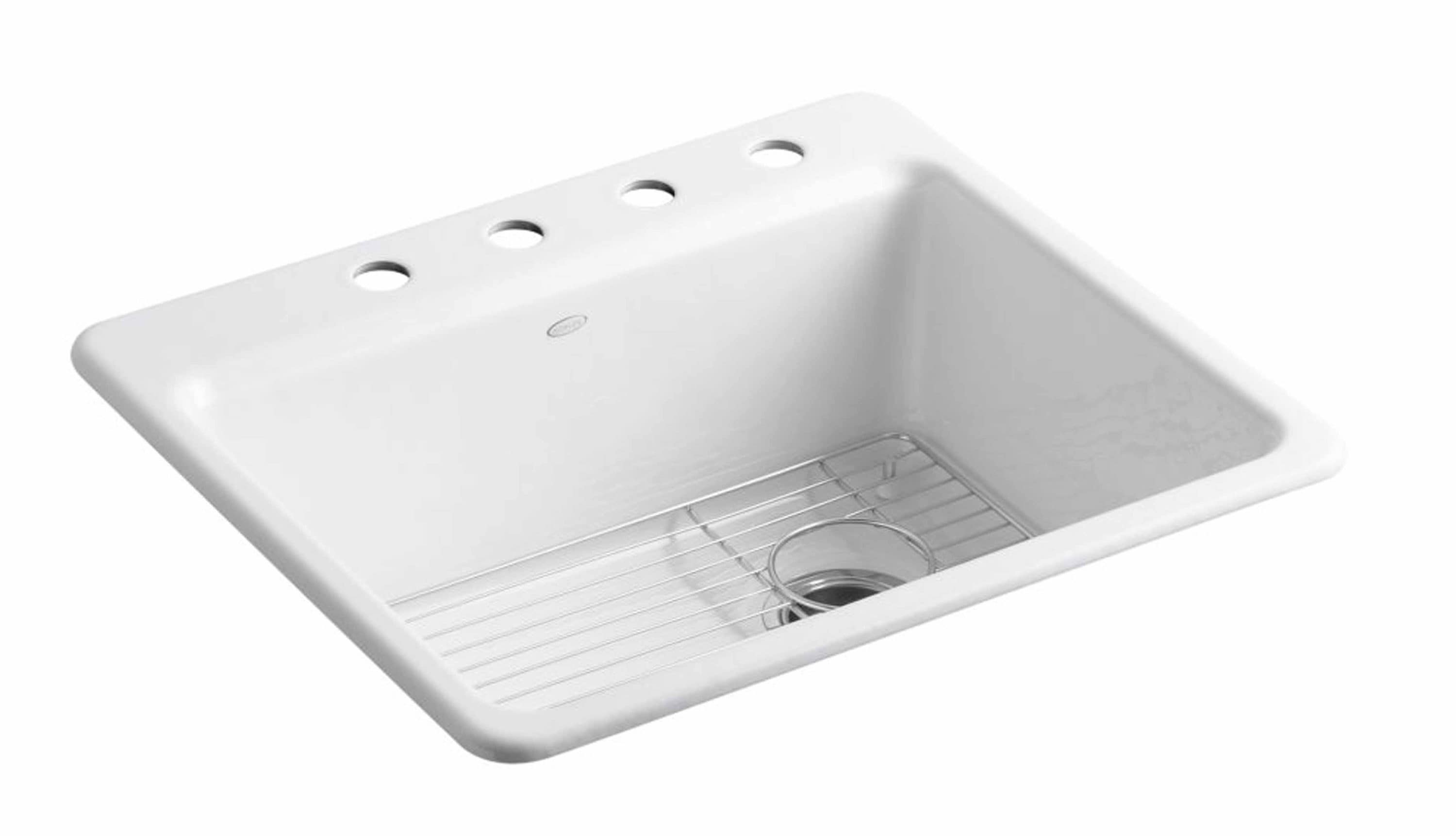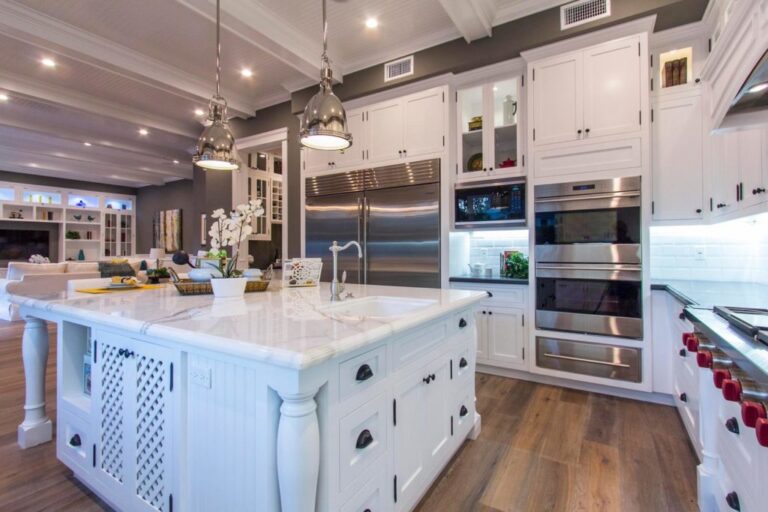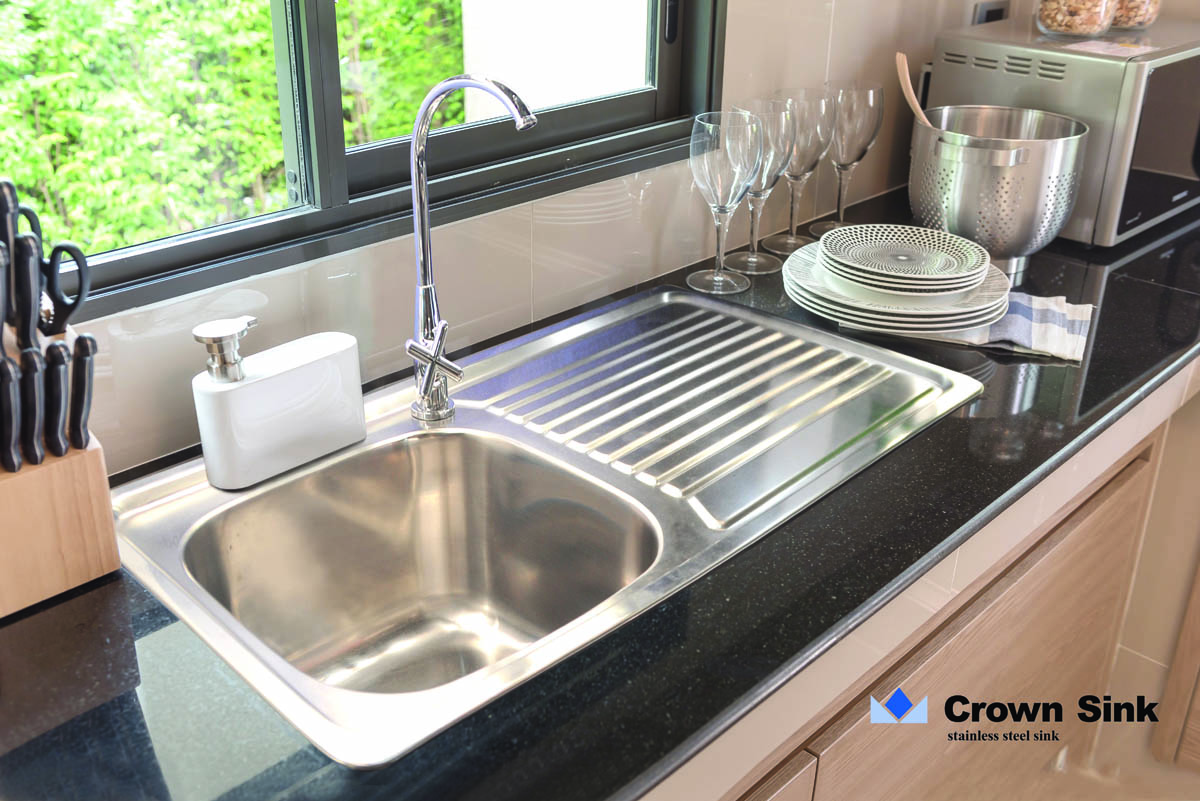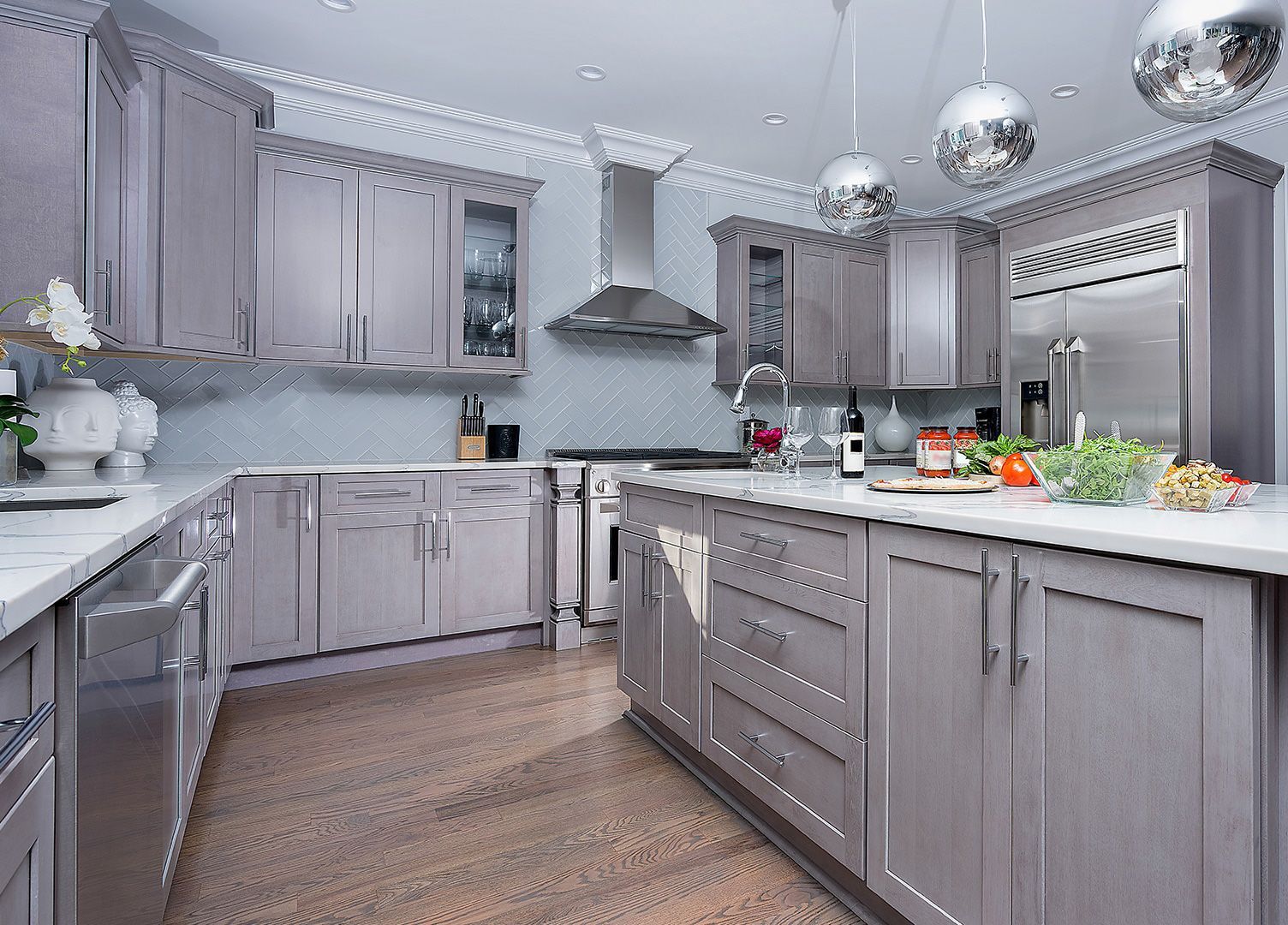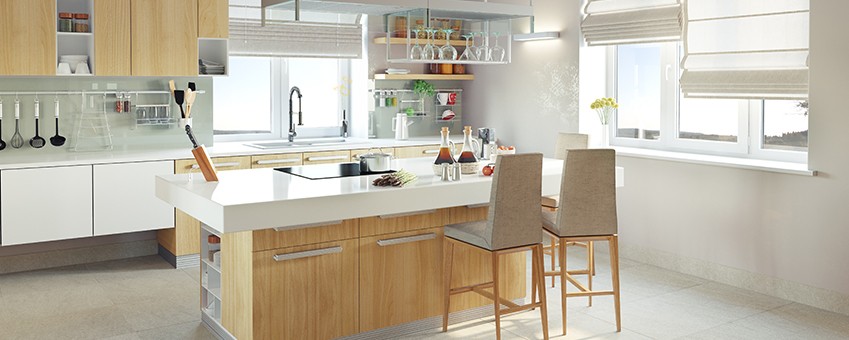When planning for your kitchen sink plumbing, one of the most important things to consider is the amount of space needed. While the exact measurements may vary depending on the type of sink and plumbing you have, there are some general guidelines to follow to ensure that your sink functions properly and fits seamlessly into your kitchen design. First and foremost, you'll need to make sure that there is enough space for the sink itself. This includes the length, width, and depth of the sink. For a standard single-bowl kitchen sink, you'll typically need a minimum of 30 inches of cabinet space. For a double-bowl sink, you'll want at least 36 inches of cabinet space. It's important to take into account the size of your sink and the dimensions of your kitchen cabinets when determining the minimum space needed. Additionally, you'll need to consider the space needed for the plumbing underneath the sink. This includes the pipes, drain, and garbage disposal (if applicable). The exact space needed will depend on the type of plumbing you have, but a good rule of thumb is to aim for at least 3 inches of clearance on all sides of the pipes.Minimum Space Requirements for Kitchen Sink Plumbing
While the minimum space requirements are a good starting point, it's also important to think about how much space you personally need when using your kitchen sink. If you have a busy household with multiple people using the sink at once, you may want to consider a larger sink with more counter space around it. This will allow for easier movement and less clutter when doing dishes or preparing food. Another factor to consider is the size of your dishes and cookware. If you have larger pots and pans, you'll want to make sure there is enough space to comfortably wash and stack them in the sink. You may also want to consider the height of the faucet and whether it will provide enough clearance for taller items. Ultimately, the amount of space you need for your kitchen sink plumbing will depend on your personal preferences and needs. It's important to take these factors into account when planning your kitchen design to ensure that you have a functional and efficient space.How Much Space Do You Need for Kitchen Sink Plumbing?
Aside from the physical space needed for your kitchen sink and plumbing, there are other factors to consider that may affect the overall space requirements. For example, the location of your sink in relation to other fixtures and appliances in the kitchen can impact how much space is needed. If your sink is located next to a dishwasher, you'll need to make sure there is enough space for the dishwasher door to open and for easy access to the sink. The same goes for a refrigerator or stove located near the sink. You'll want to ensure there is enough space for these items to function without causing any inconvenience or obstruction. Another consideration is the type of countertop you have. If you have a thicker countertop, you may need to adjust the space needed for the sink and plumbing accordingly. Additionally, if you have a backsplash that extends behind the sink, you'll need to take this into account when measuring for space.Space Considerations for Kitchen Sink Plumbing
To calculate the exact amount of space needed for your kitchen sink plumbing, you'll need to take precise measurements of your sink, cabinets, and plumbing. This will help you determine the minimum space requirements as well as any additional space needed for your personal preferences. Start by measuring the length, width, and depth of your sink. Then, measure the length and width of your cabinets to determine the amount of space available for the sink. Next, measure the dimensions of your plumbing, including the pipes, drain, and garbage disposal (if applicable). You may also want to factor in the space needed for the faucet, soap dispenser, and any other accessories you plan to install. With these measurements in hand, you can then determine the minimum space needed for your kitchen sink plumbing and make adjustments based on your personal needs and preferences.Calculating Space Needed for Kitchen Sink Plumbing
While the minimum space requirements are important to consider, it's always best to have a little extra space rather than not enough. This will allow for more comfortable and efficient use of your kitchen sink, and also provide room for any future updates or changes you may want to make. In addition to the physical space needed, it's also important to consider the location of your sink in relation to other fixtures and appliances. The optimal space for your kitchen sink plumbing should allow for easy access and movement, as well as a functional flow in your kitchen layout. If possible, it's a good idea to consult with a professional plumber or kitchen designer to determine the optimal space needed for your specific kitchen and plumbing setup.Optimal Space for Kitchen Sink Plumbing
If you're working with a smaller kitchen space, you may be concerned about fitting in all the necessary components for your sink plumbing. However, there are some space-saving solutions that can help maximize the available space without sacrificing functionality. One option is to choose a smaller sink, such as a single-bowl undermount sink or a corner sink. This can free up more counter space around the sink for prep work and make the overall area feel less cluttered. You can also consider installing a wall-mounted faucet instead of a traditional sink-mounted faucet. This can save valuable space on the countertop and allow for easier cleaning around the sink. Additionally, organizing and decluttering the area under the sink can help create more space for plumbing and make it easier to access and use. Consider using stackable storage containers or installing pull-out shelves for easier organization.Space-Saving Solutions for Kitchen Sink Plumbing
When measuring for space needed for your kitchen sink plumbing, it's important to be as precise as possible. This will ensure that your sink and plumbing fit correctly and function properly. Start by measuring the width and length of the cabinet space where your sink will be installed. Then, measure the dimensions of your sink and any additional accessories you plan to install, such as a soap dispenser or water filter. Next, measure the space needed for the plumbing, including the pipes, drain, and garbage disposal (if applicable). Make sure to leave enough clearance on all sides to ensure proper installation and maintenance. Finally, consider the location of your sink in relation to other fixtures and appliances in the kitchen and make any adjustments needed to ensure a functional flow and ease of use.Measuring Space for Kitchen Sink Plumbing
The amount of space needed for your kitchen sink plumbing may vary depending on the type of sink and plumbing you have. For example, a farmhouse sink or an apron sink may require more space in the front due to their larger size and protruding design. If you have a garbage disposal, you'll also need to factor in the space needed for this appliance, as well as any additional pipes and fittings. Undermount sinks may also require more space around the edges for proper installation. It's important to research and understand the specific space requirements for the type of sink and plumbing you plan to install in order to ensure a seamless fit into your kitchen design.Space Requirements for Different Types of Kitchen Sink Plumbing
There are a few key factors that can affect the amount of space needed for your kitchen sink plumbing. These include the size and type of sink, the location of the sink in relation to other fixtures and appliances, and your personal preferences and needs. The size of your sink and the type of plumbing you have will have the biggest impact on the space needed. However, the layout and design of your kitchen, as well as your own habits and preferences, should also be taken into account when determining the space requirements.Factors Affecting Space Needed for Kitchen Sink Plumbing
If you have a smaller kitchen or limited space for your sink plumbing, there are some things you can do to maximize the available space and make the most of what you have. As mentioned before, choosing a smaller sink or installing a wall-mounted faucet can help save space. You can also consider using a shallow or slim sink, which can still provide enough room for washing dishes and preparing food without taking up too much counter space. Another option is to use a combination sink and countertop, which can provide a seamless and functional solution for smaller kitchens.Maximizing Space for Kitchen Sink Plumbing
Maximizing Space in Your Kitchen with Efficient Plumbing

Creating a Functional and Spacious Kitchen
 When it comes to designing your dream kitchen, one of the most important elements to consider is the plumbing for your kitchen sink. Not only does it need to be functional and efficient, but it also needs to take up as little space as possible. After all, the kitchen is often the heart of the home and having a cluttered and cramped space can make it difficult to cook and entertain. In this article, we will discuss the importance of having enough space for kitchen sink plumbing and how to maximize it in your kitchen design.
When it comes to designing your dream kitchen, one of the most important elements to consider is the plumbing for your kitchen sink. Not only does it need to be functional and efficient, but it also needs to take up as little space as possible. After all, the kitchen is often the heart of the home and having a cluttered and cramped space can make it difficult to cook and entertain. In this article, we will discuss the importance of having enough space for kitchen sink plumbing and how to maximize it in your kitchen design.
Importance of Space for Kitchen Sink Plumbing
/how-to-install-a-sink-drain-2718789-hero-24e898006ed94c9593a2a268b57989a3.jpg) In order for your kitchen to function properly, it is essential to have enough space for your kitchen sink plumbing. This includes the pipes, drain, and faucet, as well as any additional features such as a garbage disposal. Adequate space is needed for these components to be installed and for maintenance and repairs to be done easily. Not having enough space can result in a cramped and inefficient kitchen, which can be frustrating for anyone trying to cook or clean in the space.
Related Keyword: Efficient Kitchen Plumbing
In order for your kitchen to function properly, it is essential to have enough space for your kitchen sink plumbing. This includes the pipes, drain, and faucet, as well as any additional features such as a garbage disposal. Adequate space is needed for these components to be installed and for maintenance and repairs to be done easily. Not having enough space can result in a cramped and inefficient kitchen, which can be frustrating for anyone trying to cook or clean in the space.
Related Keyword: Efficient Kitchen Plumbing
Maximizing Space with Undermount Sinks
 One of the best ways to save space in your kitchen is by choosing an undermount sink. Unlike traditional top-mounted sinks, undermount sinks are installed underneath the countertop, which frees up valuable counter space. This allows for a more streamlined and spacious look in your kitchen.
Undermount sinks
also make it easier to clean your countertops as there is no lip or edge for food and debris to get caught in.
One of the best ways to save space in your kitchen is by choosing an undermount sink. Unlike traditional top-mounted sinks, undermount sinks are installed underneath the countertop, which frees up valuable counter space. This allows for a more streamlined and spacious look in your kitchen.
Undermount sinks
also make it easier to clean your countertops as there is no lip or edge for food and debris to get caught in.
Utilizing Vertical Space with Wall-Mounted Faucets
 Another way to maximize space in your kitchen is by opting for a wall-mounted faucet instead of a traditional one that is mounted on the sink. This frees up valuable counter space and also allows for a more flexible layout in your kitchen. Wall-mounted faucets can also add a modern and sleek touch to your kitchen design.
Related Keyword: Space-Saving Kitchen Design
Another way to maximize space in your kitchen is by opting for a wall-mounted faucet instead of a traditional one that is mounted on the sink. This frees up valuable counter space and also allows for a more flexible layout in your kitchen. Wall-mounted faucets can also add a modern and sleek touch to your kitchen design.
Related Keyword: Space-Saving Kitchen Design
Consider the Size of Your Sink and Appliances
 When choosing a kitchen sink, it is important to consider the size and depth of the sink. A smaller sink may save some space, but it may not be practical for washing larger pots and pans. On the other hand, a larger sink can make it easier to clean and wash dishes, but it may take up more space. It is also important to consider the size and placement of your kitchen appliances in relation to your sink. Make sure there is enough space for your dishwasher, refrigerator, and stove to open and function properly without interfering with the sink area.
Related Keyword: Functional Kitchen Design
When choosing a kitchen sink, it is important to consider the size and depth of the sink. A smaller sink may save some space, but it may not be practical for washing larger pots and pans. On the other hand, a larger sink can make it easier to clean and wash dishes, but it may take up more space. It is also important to consider the size and placement of your kitchen appliances in relation to your sink. Make sure there is enough space for your dishwasher, refrigerator, and stove to open and function properly without interfering with the sink area.
Related Keyword: Functional Kitchen Design
Conclusion
 In conclusion, having enough space for kitchen sink plumbing is crucial in creating a functional and spacious kitchen. By choosing efficient plumbing fixtures, utilizing vertical space, and carefully considering the size and placement of your sink and appliances, you can create a kitchen that is both practical and aesthetically pleasing. Keep these tips in mind when designing your kitchen, and you will be well on your way to a clutter-free and efficient space.
In conclusion, having enough space for kitchen sink plumbing is crucial in creating a functional and spacious kitchen. By choosing efficient plumbing fixtures, utilizing vertical space, and carefully considering the size and placement of your sink and appliances, you can create a kitchen that is both practical and aesthetically pleasing. Keep these tips in mind when designing your kitchen, and you will be well on your way to a clutter-free and efficient space.
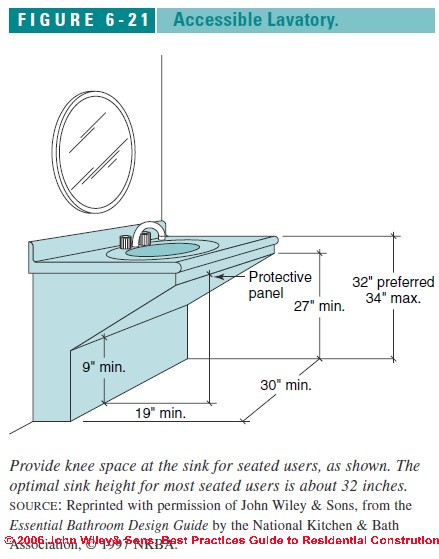



:max_bytes(150000):strip_icc()/distanceinkitchworkareasilllu_color8-216dc0ce5b484e35a3641fcca29c9a77.jpg)
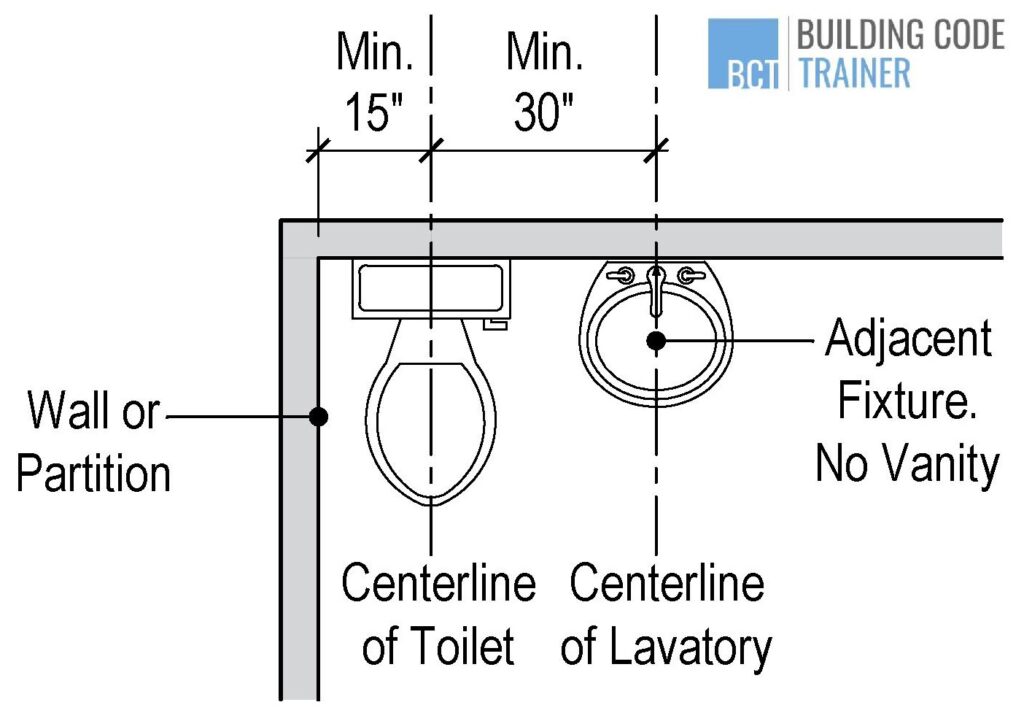
:max_bytes(150000):strip_icc()/bathroom-space-design-1821325_final-08ffd0dca30b4e038cf7f1d7ebe0745f.png)
.jpg?width=800&name=6a-(1).jpg)


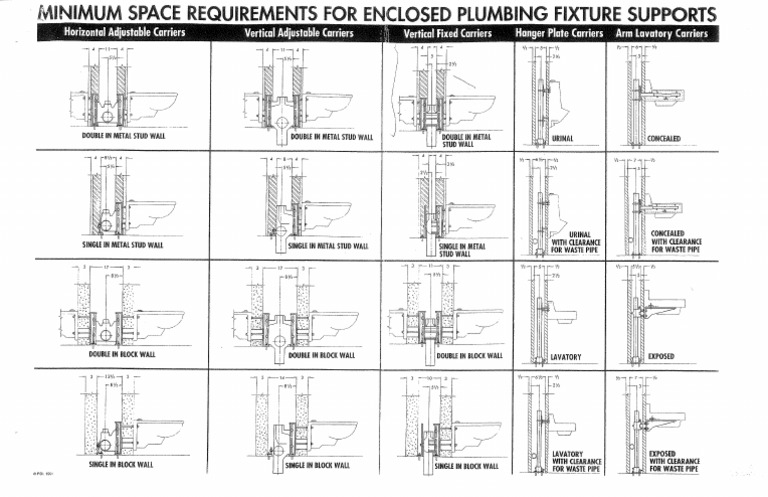






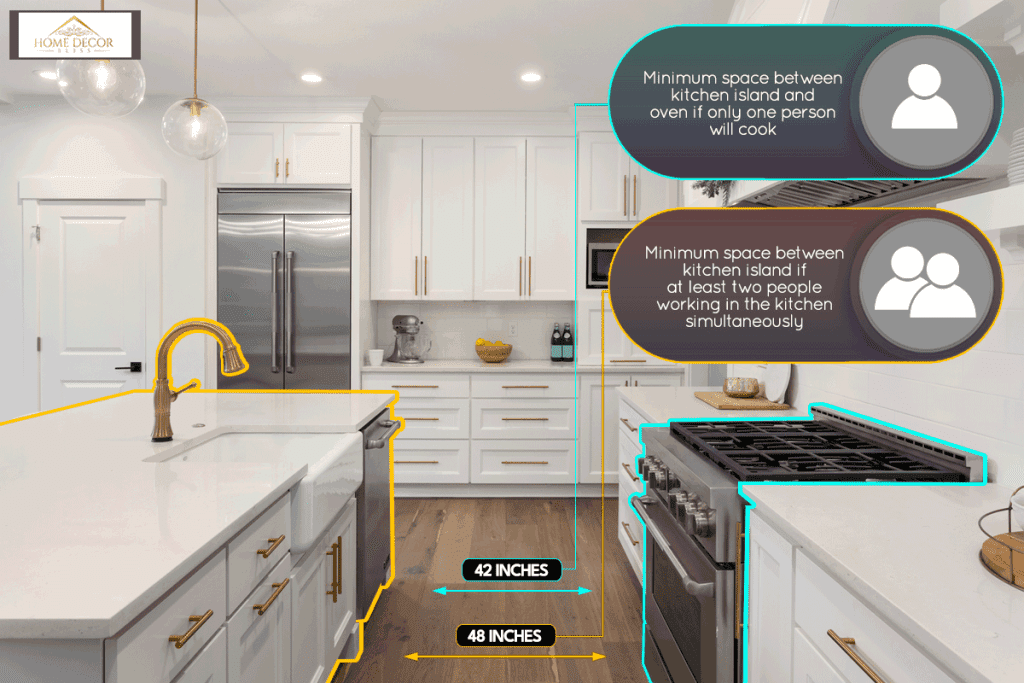
:max_bytes(150000):strip_icc()/distanceinkitchworkareasilllu_color8-216dc0ce5b484e35a3641fcca29c9a77.jpg)








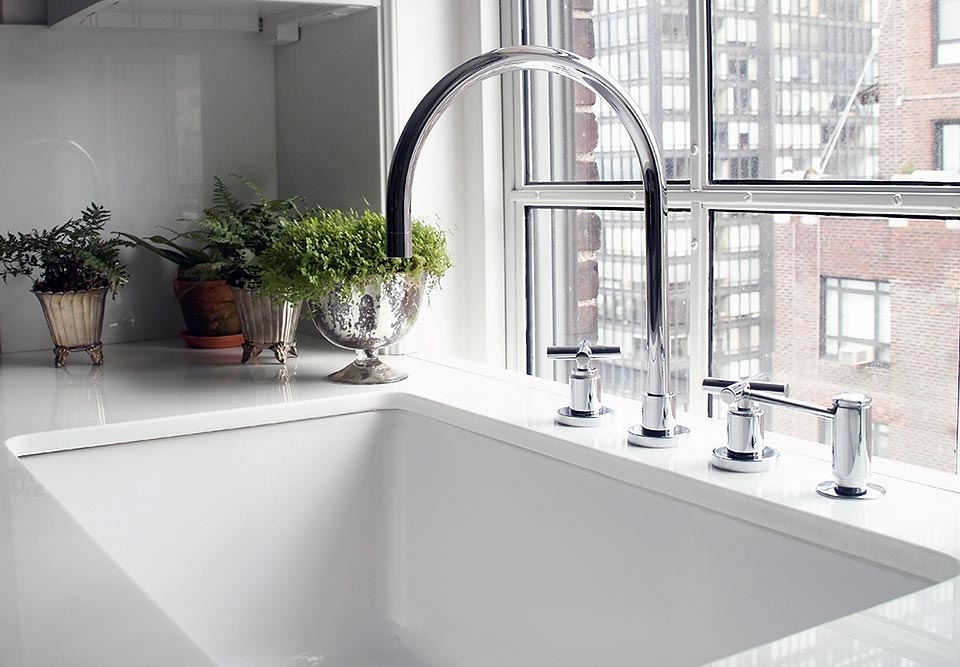






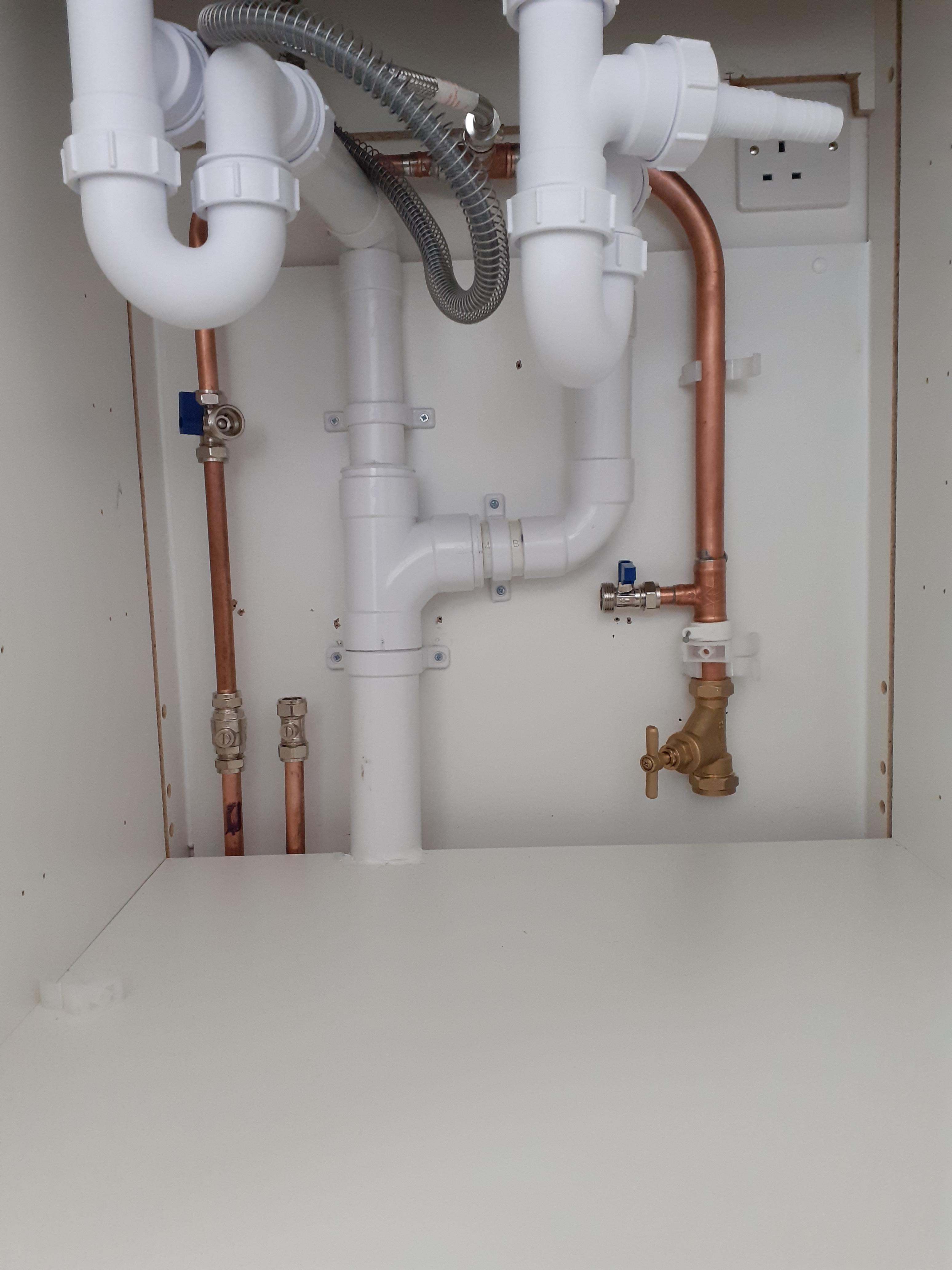





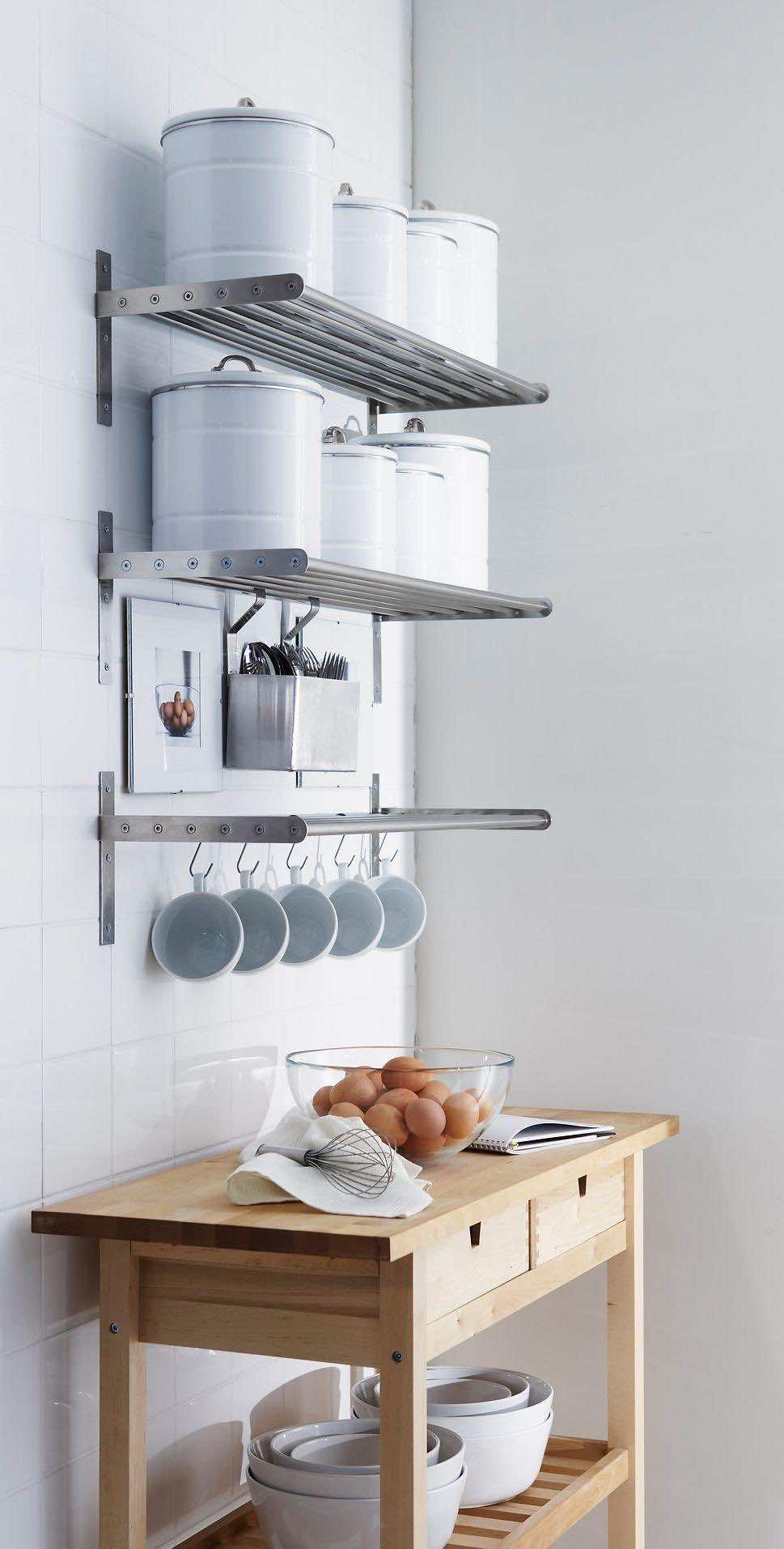

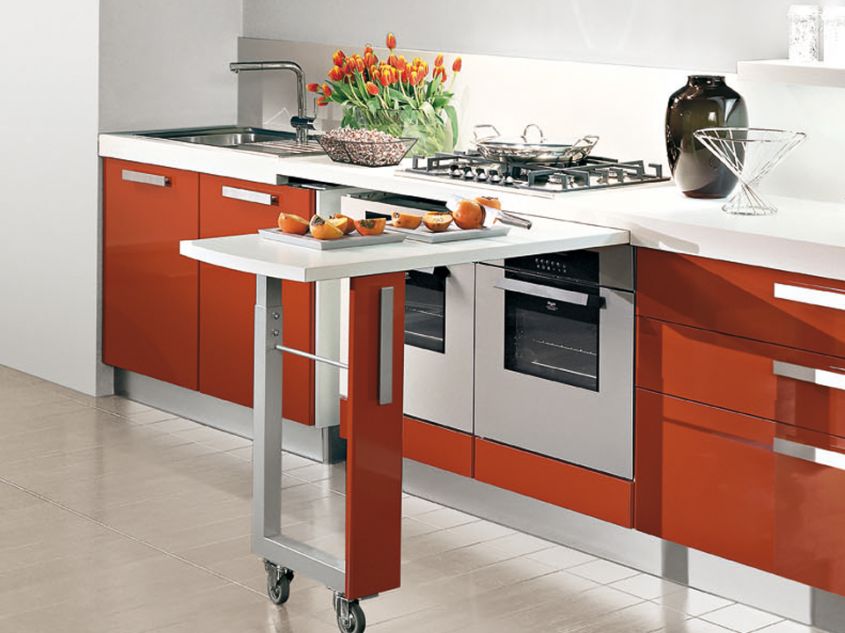



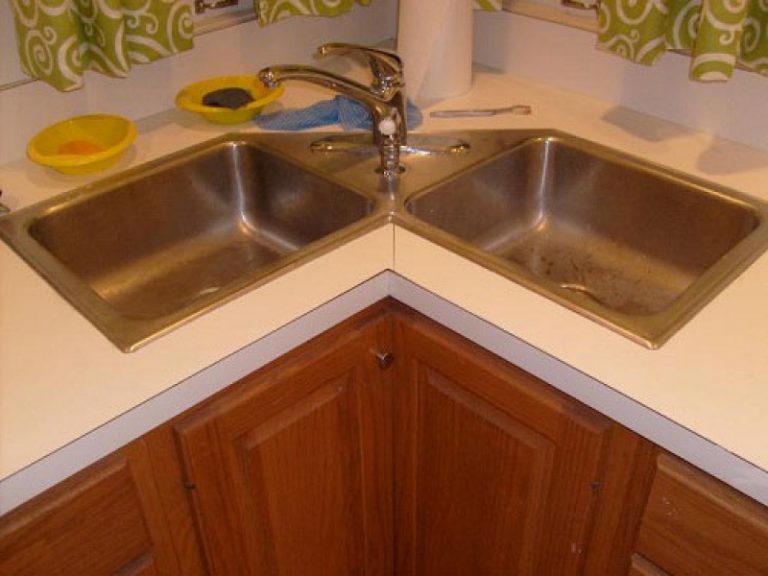

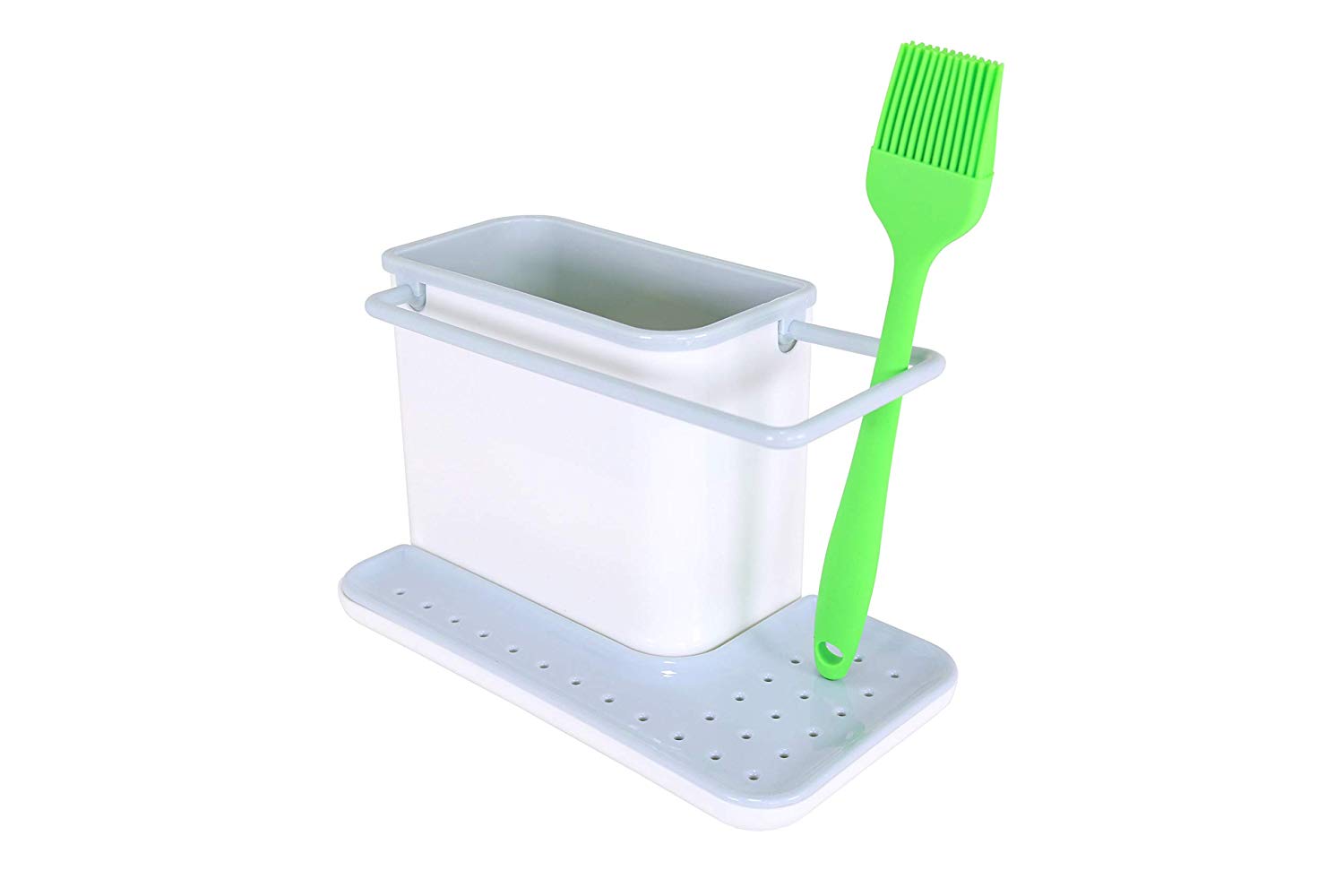











:max_bytes(150000):strip_icc()/how-to-install-a-sink-drain-2718789-hero-24e898006ed94c9593a2a268b57989a3.jpg)

